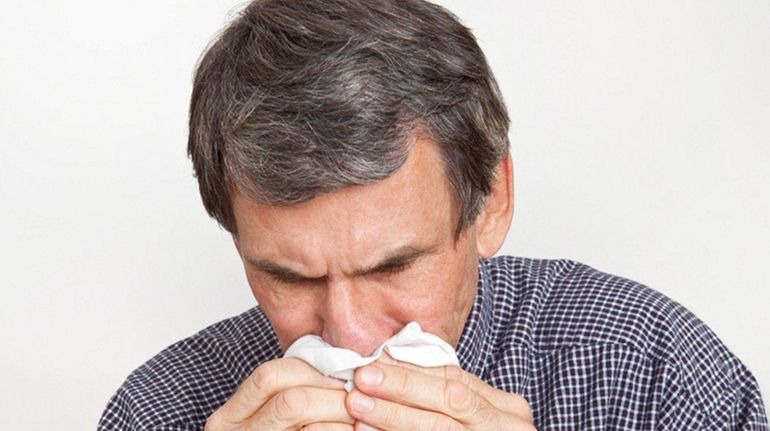Nosebleeds: A guide to self-care

Dried-out nasal membranes are a common precursor of nosebleeds. Credit: Dreamstime
Nosebleeds, also called epistaxes (pronounced ep-ih-STAK-seez), involve bleeding from the inside of the nose, where the lining contains many tiny blood vessels that lie close to the surface and are easily damaged. The two most common causes of nosebleeds are dry air — when your nasal membranes dry out, they’re more susceptible to bleeding and infections — and nose picking.
Many people have occasional nosebleeds, particularly younger children and older adults, and although nosebleeds may be scary, they’re generally only a minor annoyance and aren’t dangerous.
Only 25¢ for 5 months
Nosebleeds, also called epistaxes (pronounced ep-ih-STAK-seez), involve bleeding from the inside of the nose, where the lining contains many tiny blood vessels that lie close to the surface and are easily damaged. The two most common causes of nosebleeds are dry air — when your nasal membranes dry out, they’re more susceptible to bleeding and infections — and nose picking.
Many people have occasional nosebleeds, particularly younger children and older adults, and although nosebleeds may be scary, they’re generally only a minor annoyance and aren’t dangerous.
Most nosebleeds aren’t serious and will stop on their own or by following self-care steps:
Sit upright and lean forward. By remaining upright, you reduce blood pressure in the veins of your nose. This discourages further bleeding. Sitting forward will help you avoid swallowing blood, which can irritate your stomach.
Gently blow your nose to clear out any clotted blood. Spray a nasal decongestant in the nose.
Pinch your nose. Use your thumb and index finger to pinch both nostrils shut, even if only one side is bleeding. Breathe through your mouth. Continue to pinch for five to 10 minutes. This maneuver puts pressure on the bleeding point on the nasal septum and often stops the flow of blood.
Repeat. If the bleeding doesn’t stop, repeat these steps for up to a total of 15 minutes.
After the bleeding has stopped, to keep it from starting again, don’t pick or blow your nose and don’t bend down for several hours. Keep your head higher than the level of your heart.— Mayo Clinic News Network (TNS)
Totally tubular trips ... LI Works: Talking turkey ... Get the latest news and more great videos at NewsdayTV

